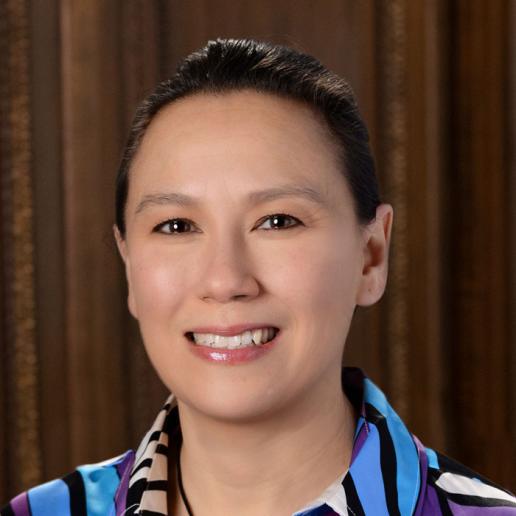
Photo credit: The Commonwealth Fund
Liz Fowler, the new head of the Center for Medicare and Medicaid Innovation (CMMI), understands more than anyone that the future of alternative payment models (APMs) and value-based care is at a critical juncture.
“True innovation means failing until we get things right. It’s just as important [to recognize] what doesn’t work and to be transparent about those findings so we can continue to refine, evolve and grow,” said Fowler at the spring meeting for the National Association of ACOs (NAACOs). In regard to the value-based care, Fowler said “over the last 10 years, since [CMMI] was established, we’ve lost some consensus in the stakeholder community on what we’re trying to achieve and where we’re heading.”
As someone who worked with the Obama administration to develop the Affordable Care Act, which ultimately created CMMI, she understands the importance of the organization as a testing ground for APMs. It’s also Fowler’s third stint at CMS and she’s been at the forefront in working to achieve the ACA’s goal of moving health care’s focus to value-based care.
To be clear, Fowler has committed CMMI to continuing down the path of value-based care. However, recent announcements from the agency to pause alternative payment models, including the Primary Care First’s Seriously Ill Population component and the Geographic Direct Contracting Model, were a signal that not everything at CMMI is working as planned.
“Ultimately we at CMMI want APMs to position participants for success. Sometimes that means speeding up when there is an opportunity. Sometimes that means taking a beat to ensure a forthcoming model can realistically deliver on what’s intended,” Fowler said.
CMMI also a delayed start to the first performance year of its Kidney Care Choices payment model and the Community Health Access and Rural Transformation accountable care organization. The agency also walked back some changes to the Medicare Part D modernization model.
The lack of consensus among stakeholders, Fowler said, has been the uncertainty over what’s more important: cost savings or quality improvement. She added there is also uncertainty over what should be the goal of CMMI’s APM models and if risk bearing among providers was the key to unlocking value.
In a recent JAMA article, Don Berwick, MD, former CMS administrator, and Rick Gilfillan, MD, former head of CMMI, noted that CMS has only certified four of CMMI’s models for national scaling and the organization has not yet “become the engine that it could be for transforming the nation’s health care finance and delivery.”
Fowler’s aim, along with HHS Secretary Xavier Becerra, incoming CMS Administrator Chiquita Brooks-LaSure and other Biden health officials, will be to coalesce health care stakeholders on the goals of these APM models, while tying them into the administration’s larger efforts.
“I’ve been working with CMMI leadership to develop and implement a workplan based on shared priorities including advancing health equity. I plan to consider health equity in every stage of our models from model development, participant recruitment through model evaluation,” said Fowler. She also said CMMI plans to work with Becerra on other priorities around reducing the cost of prescription drugs and improving affordability.
It was noted later on during the keynote that several esteemed groups, such as Medicare Payment Advisory Commission (MedPAC), had recommended CMMI reduce the number of APMs to better streamline and focus efforts. Other health care policy experts have made similar recommendations, including another former CMMI Director Brad Smith, writing an op-ed in the New England Journal of Medicine. While Fowler said she agreed with that assessment, she noted that reducing the number of APMs was not so simple.
“It’s easier said than done. It’s not like a light switch. What we’re doing is taking a look at the portfolio and in the words of a previous CMMI leader, ‘It’s like looking at your retirement portfolio. Every so often it needs to be rebalanced.’ I think that’s how I take a look at what we’re doing. Sometimes when we look at that portfolio, it looks like we’re pulling back. I don’t want that message to come across,” Fowler said.









